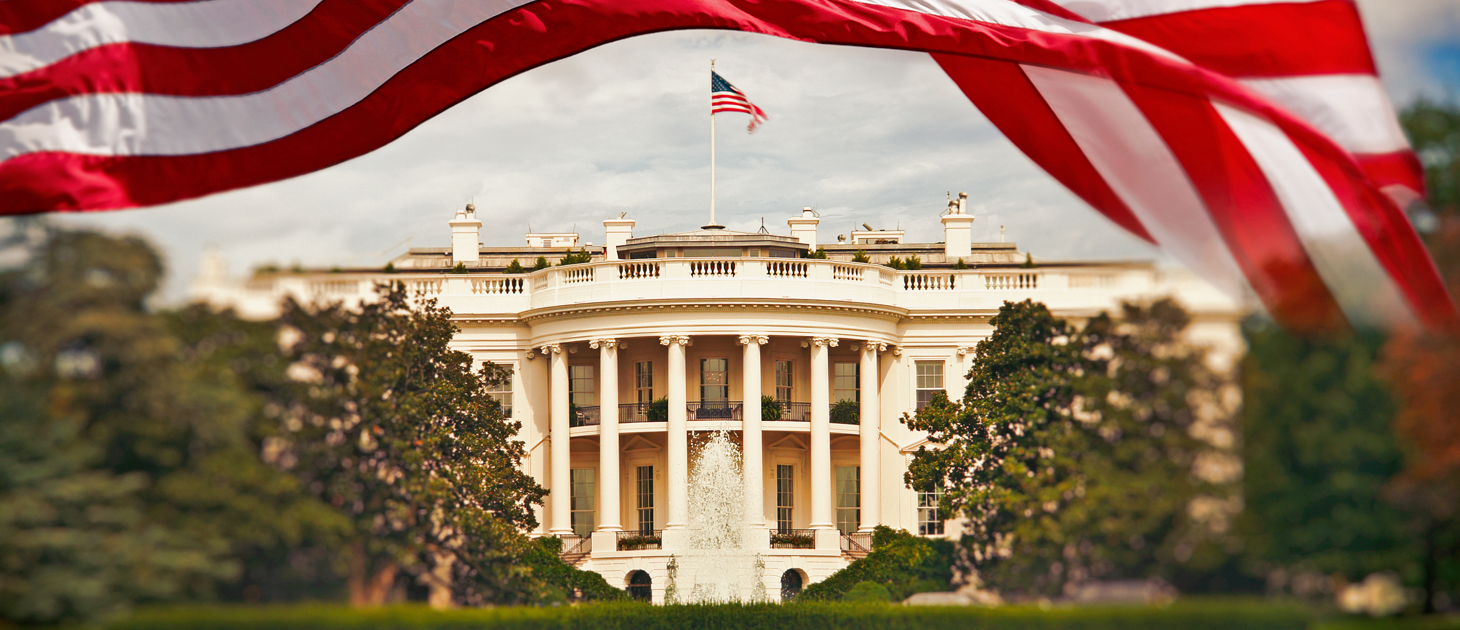President Trump Signs Banking Deregulation Bill
The new bipartisan law shows the massive amount of political will required to achieve even modest changes to the Dodd-Frank Act.

On Thursday, President Donald Trump signed into law a bill that rolls back banking regulations included in the 2010 Dodd-Frank Act. The new bipartisan law, which represents the first significant overhaul of stricter banking rules passed in the wake of the 2008 financial crisis, shows the massive amount of political will required to achieve even modest changes to Dodd-Frank.
After prolonged negotiations, the U.S. House of Representatives ultimately approved the legislation, S.2155, by a vote of 258-159. Thirty-three Democrats voted for the bill, while only one Republican voted against it. In March, the Senate passed the bill with a 67-31 vote.
What the New Law Does
The new law narrowly focuses on providing regulatory relief to small and midsize banks and credit unions. In order to gain bipartisan support, the legislation did not address more controversial aspects of Dodd-Frank, such as the structure and authority of the Consumer Financial Protection Bureau. Although the bill that Trump signed into law undoubtedly eases banking regulatory burdens, much of Dodd-Frank remains intact.
In garnering the legislative support needed to pass, the new law signifies an important step in restoring regulatory balance in the financial services marketplace by the Republican-controlled Congress. Despite its limited focus, the new law could promote dealmaking and make it easier for banks to expand, according to recent news reports.
In garnering the legislative support needed to pass, the new law signifies an important step in restoring regulatory balance in the financial services marketplace by the Republican-controlled Congress.
Some of the law’s most notable provisions include:
An increase in the systematically important financial institution (SIFI) threshold. The new law generally raises the threshold for qualifying as an SIFI, a designation that imposes added regulatory requirements and increased scrutiny, to $250 billion in assets from $50 billion. Banks with less than $100 billion would be exempted immediately, while banks with between $100 billion and $250 billion would be exempted after 18 months. For banks that are de-designated, the Federal Reserve would still retain discretionary authority under extraordinary circumstances.
Revised stress test scenarios. The new law decreases the number of stress test scenarios for banks with more than $250 billion in assets to two scenarios from three. Currently, banks with more than $250 billion are tested against three hypothetical scenarios for U.S. economic conditions: baseline, adverse and severely adverse. Under the new law, these banks will face stress tests under only two scenarios: a baseline scenario, in which the economy performs according to a set of January 2018 consensus projections, and a severely adverse scenario, characterized by an economy besieged by a severe global recession.
Volcker Rule exemption. Under the new law, banks with less than $10 billion in total assets, and less than 5 percent of total consolidated assets in trading assets and liabilities, would be exempted from the Volcker rule, allowing them to invest in private equity and hedge funds.
What Lies Ahead
While there may be congressional committee activity in the near future, it is highly unlikely that any other banking package will be passed this year given the narrowing congressional calendar, the fast-approaching midterm elections, and the difficult road this legislation took to get to the president’s desk.
The more likely path for deregulatory action in the near term lies with regulatory agencies as they continue to explore rulemaking activity to reduce regulatory burdens.

Maria Wolvin is ACG Global’s vice president and senior counsel, public policy.


